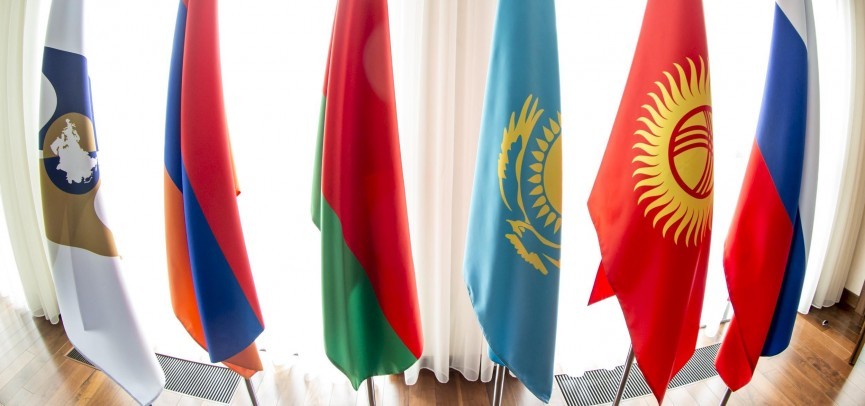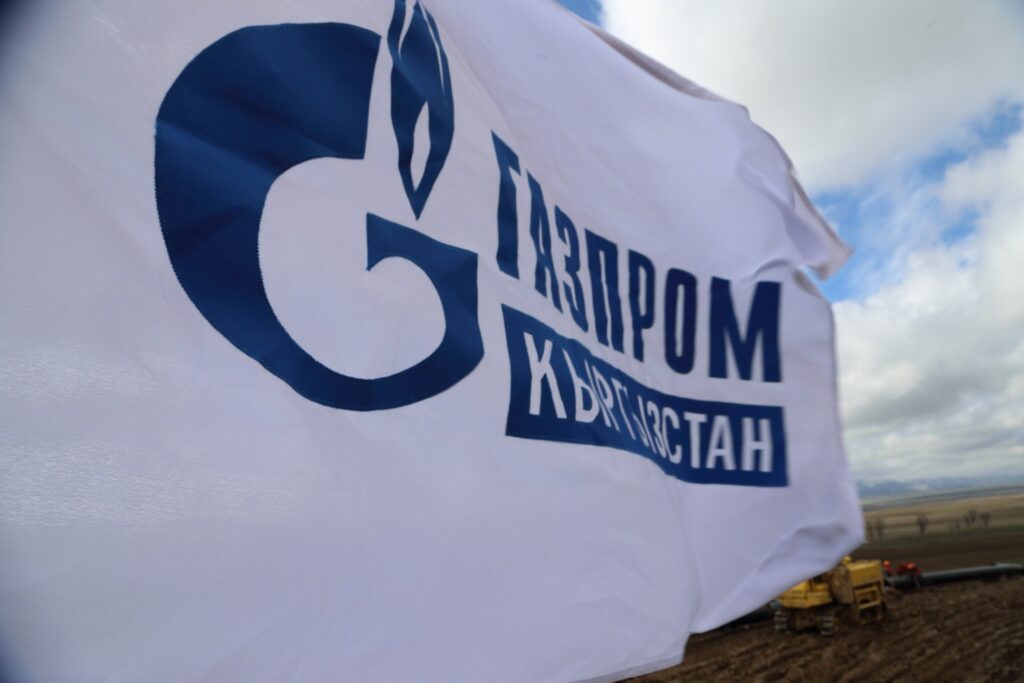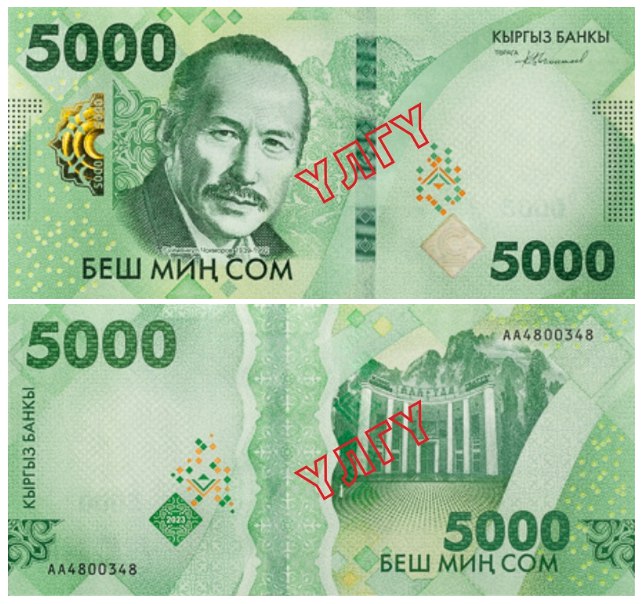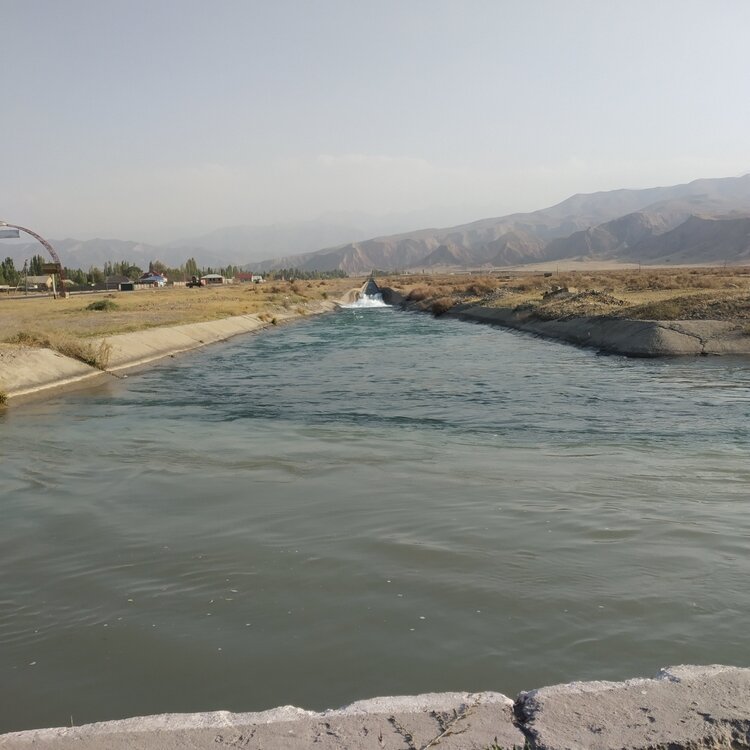BISHKEK (TCA) — The weight of the Russian rouble in the foreign exchange structure of payments in the Eurasian Economic Union (EEU) — consisting of Armenia, Belarus, Kazakhstan, Kyrgyzstan, and Russia — has increased from 56% to 75% over the recent six years. The dollar’s share has decreased from 35% to 19% over the same time. However, the dollar remains the dominant currency in payments for goods and services between the EEU member states, excluding Russia. It accounts for 50-80% of payments, according to the new report by the Eurasian Development Bank’s (EDB) Centre for Integration Studies, entitled National Currencies in Mutual Payments within the EAEU: Barriers and Prospects.
The report says that rouble settlements between the EEU countries exceed US $69 billion, US dollar payments approximate US $18 billion, and euro payments US $5 billion. The use of the EEU national currencies in mutual transactions helps many businesses to avoid undesirable foreign exchange risks, reduces economic and regulatory barriers to participation in foreign trade transactions, and promotes macroeconomic stability and the development of financial markets and intermediaries. Following this logic, the share of the EEU national currencies in payments has been growing in recent years.
When asked about barriers to the strengthening of the role of national currencies, respondents from the five EEU countries named a number of negative factors. The three most significant constraints are high foreign exchange risks, established business practices and the lack of economic incentives to use national currencies instead of reserve currencies.
The survey on which the report was based has confirmed that regulatory and supervisory barriers are not that serious in fact. The main causes that prevent the strengthening of the role of national currencies in payments between the EEU member states are those of macro- and microeconomic nature. These include higher transactions costs, low liquidity as compared to the dollar, the EEU currencies’ instability to external shocks, the persistently high inflation expectations, and uncertainties as to the prospects of the Russian economy.
At present, most national financial markets have low capacity and liquidity and, in some instances, lack important segments that are necessary to effectively support the enhancement of the role of national currencies, the report points out.
Out of all countries, Russia, Kazakhstan and Armenia have forward exchange markets that can provide hedging for foreign exchange risks in foreign currency transactions with the EEU currencies. However, Russia and Armenia’s forward exchange markets lack instruments to hedge risks in foreign currency transactions with the EEU currencies without the use of a reserve currency as an interim one. Even in Russia’s large forward exchange market US dollar and euro futures make up almost the entire turnover, while there is a total lack of futures and options for the EEU currencies. Armenia’s very small forward exchange market offers U.S. dollar futures, and transactions with these are rare.
Overcoming these obstacles is possible through the development of the EEU national economies and integration, improvements in the investment climate, greater division of labour and economic diversification, the creation of transnational corporations to operate in the Eurasian space, the development and fulfilment of joint investment projects, the development of a single financial market, and the preference for small and medium-sized businesses in integration processes. The recommendation is clear, therefore: evolution is better than revolution. Monetary and financial integration should follow the economic base of integration: the elimination of numerous withdrawals and restrictions in mutual turnover, the building of linkages between economic players, as well as political and transport ties between EEU countries, and the development of common labour and capital markets. Respondents agree that in these conditions any premature promotion of foreign exchange integration will not speed up the development of common markets, but pose additional risks.
The key measures to strengthen the role of EEU national currencies are, according to the report, the development of the capital market, the availability of loans in national currencies, and joint projects in the real sector and infrastructure.
The development of investment cooperation, industrial and technological cooperation, and the fulfilment of joint investment projects in the EEU play, according to respondents, special role at the current stage. Removing obstacles to investment flows is viewed by respondents as the key integration task. The advancement of small and medium-sized enterprises and cross-border cooperation are also viewed as “growth points” for the use of national currencies.
There is potential to strengthen the role of the EEU currencies. The survey shows that 59% of respondents from businesses and the expert community expect that the role of national currencies in mutual payments will grow and only 17.4% believe that it will decline. This is despite the fact that most respondents think that the effects of the foreign exchange crisis in Russia in late 2014 – early 2015 have not been overcome yet and there is high probability that such crises will occur in the future.
Many respondents noted that the EDB can play a leading role in joint cross-border projects, the promotion of mutual investment, the development of common capital market, and the strengthening of the role of national currencies in mutual payments.
Eurasian Development Bank (EDB) is an international financial institution founded by Russia and Kazakhstan in 2006 to promote development of market economies of its member states, and secure their sustainable economic growth and expansion of their mutual trade and economic ties. The charter capital of the EDB is US$ 7 billion. The member states of the Bank are Armenia, Belarus, Kazakhstan, Kyrgyzstan, Russia, and Tajikistan.









